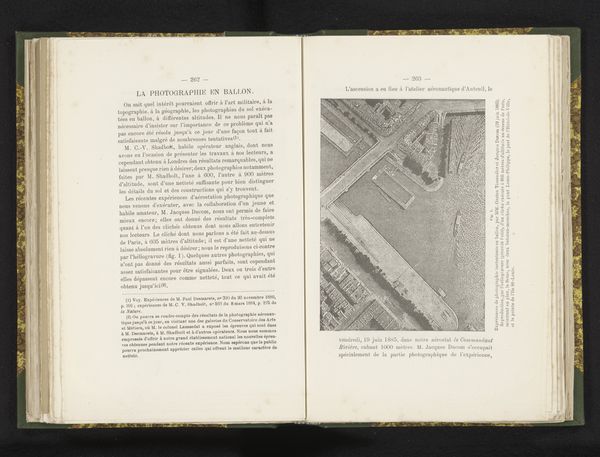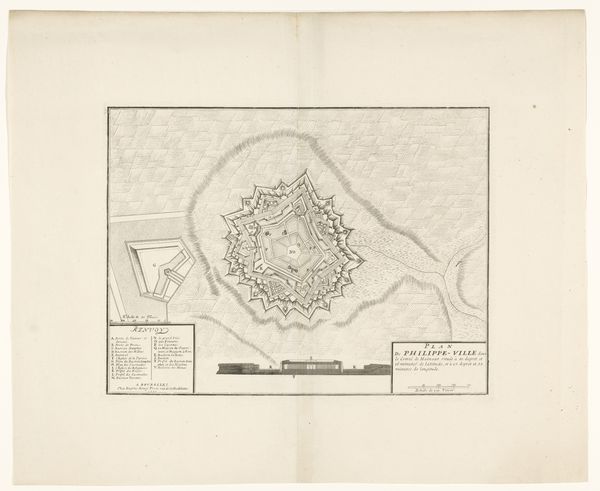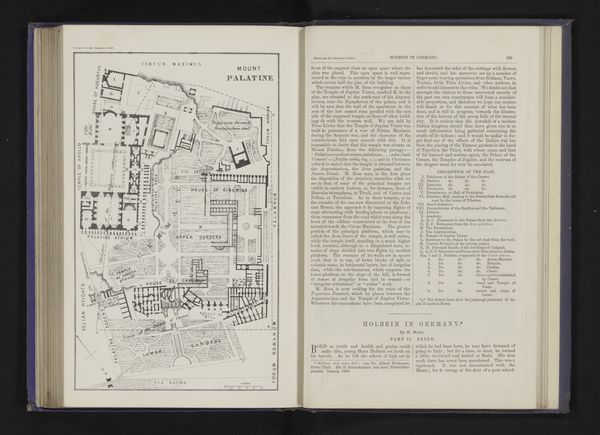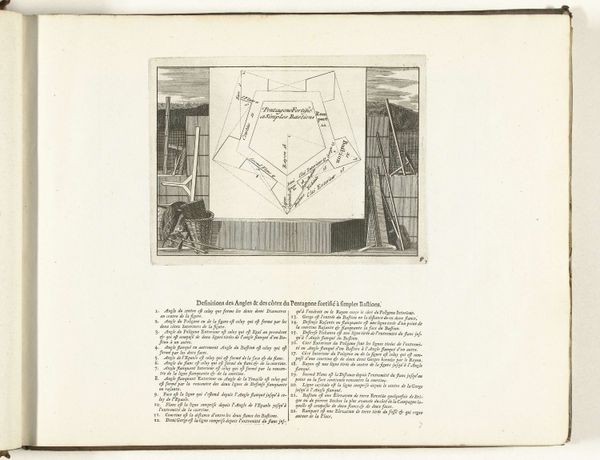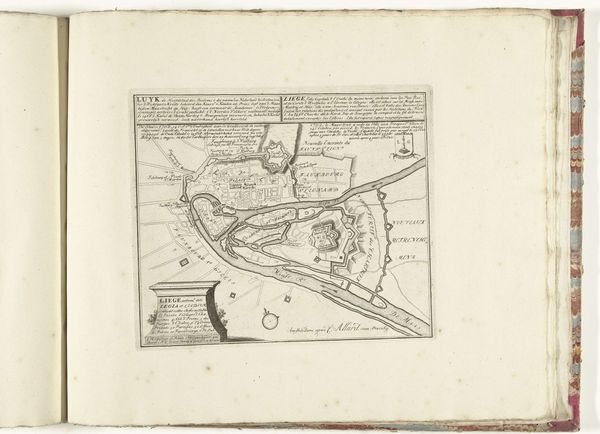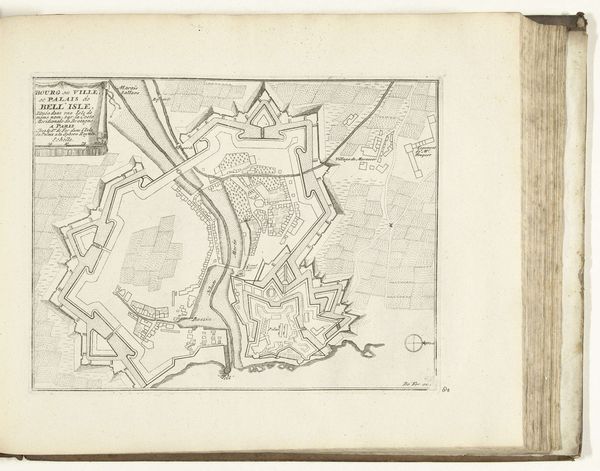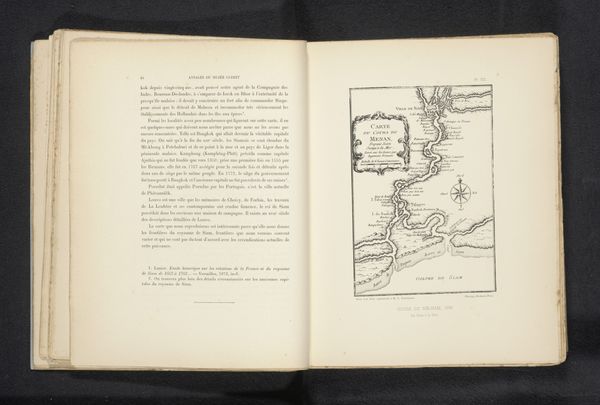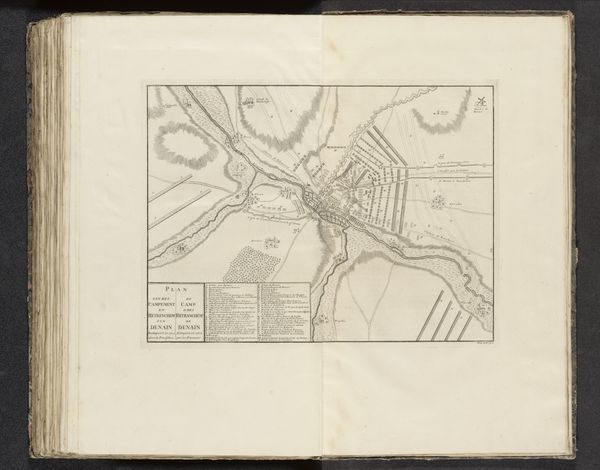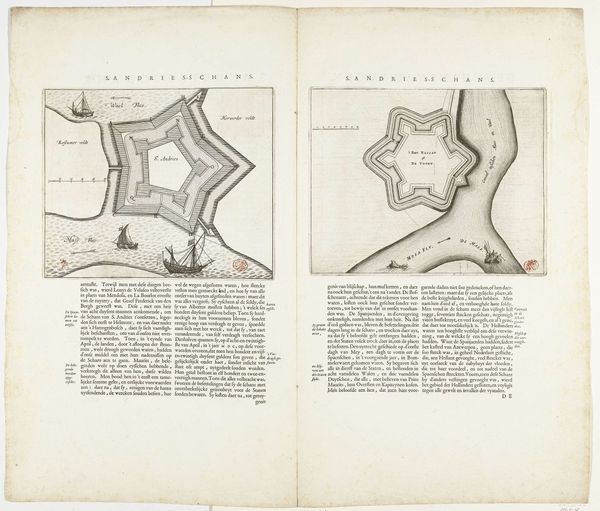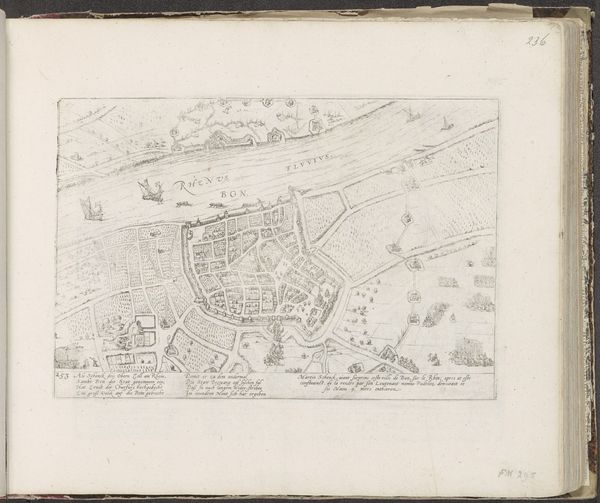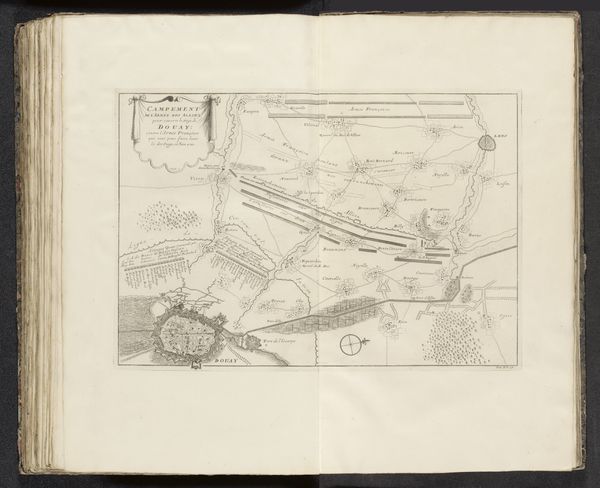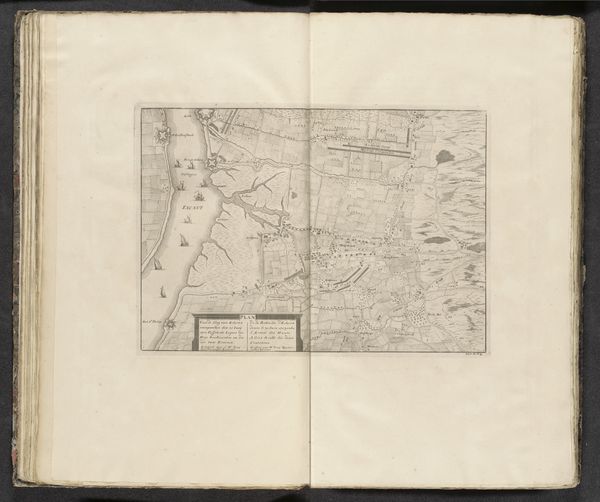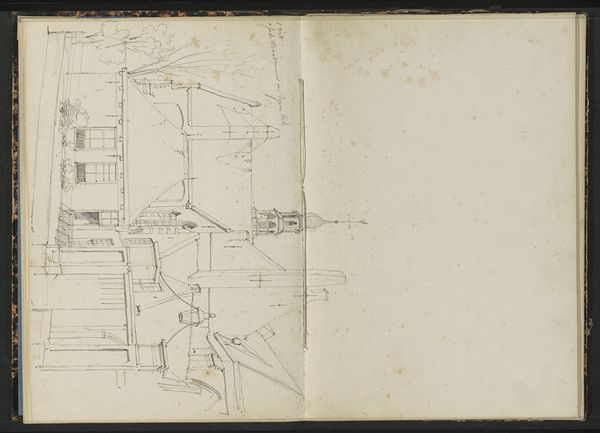
drawing, paper, ink
#
drawing
#
landscape
#
paper
#
ink
#
cityscape
Dimensions: height 247 mm, width 189 mm
Copyright: Rijks Museum: Open Domain
Editor: So, this is a drawing titled "Ontwerp voor de indeling van het park te Lippelo," created sometime between 1877 and 1882. It seems to be ink on paper, showing a landscape, but more like a planned cityscape, right? The drawing itself feels very formal, almost sterile, like a blueprint. What can you tell me about this piece from a historical perspective? Curator: What strikes me immediately is that it's more than just a landscape; it’s a plan, a projection of power onto the land. This wasn't simply about aesthetics, but about shaping social spaces. Consider the context: the late 19th century was a time of intense urbanization and industrial expansion. Projects like these were often intertwined with ideas of progress and control. How might the design reflect broader societal changes and inequalities? Editor: That's fascinating! It's almost like the park is being designed for a specific social class, wouldn’t you agree? Curator: Absolutely. Public parks, while ostensibly for everyone, were often designed to civilize and regulate behavior, particularly of the working class. This "sterility," as you called it, might be less about aesthetics and more about enforcing order and specific social norms. Notice how the areas are clearly divided and numbered, not letting uncontrolled interactions develop between those who inhabit the land. What kind of access would different people have to this planned space, and how does that relate to the wider socio-political landscape of the time? Editor: That's a good question; looking at the numbers and how the plan labels each, you wouldn't imagine every class could freely wander the whole area without consequence. Thank you. It’s given me a new appreciation for understanding context beyond the surface. Curator: Indeed. Art like this unveils layers of intention. It challenges us to question who benefits from such organized visions of space and society.
Comments
No comments
Be the first to comment and join the conversation on the ultimate creative platform.
